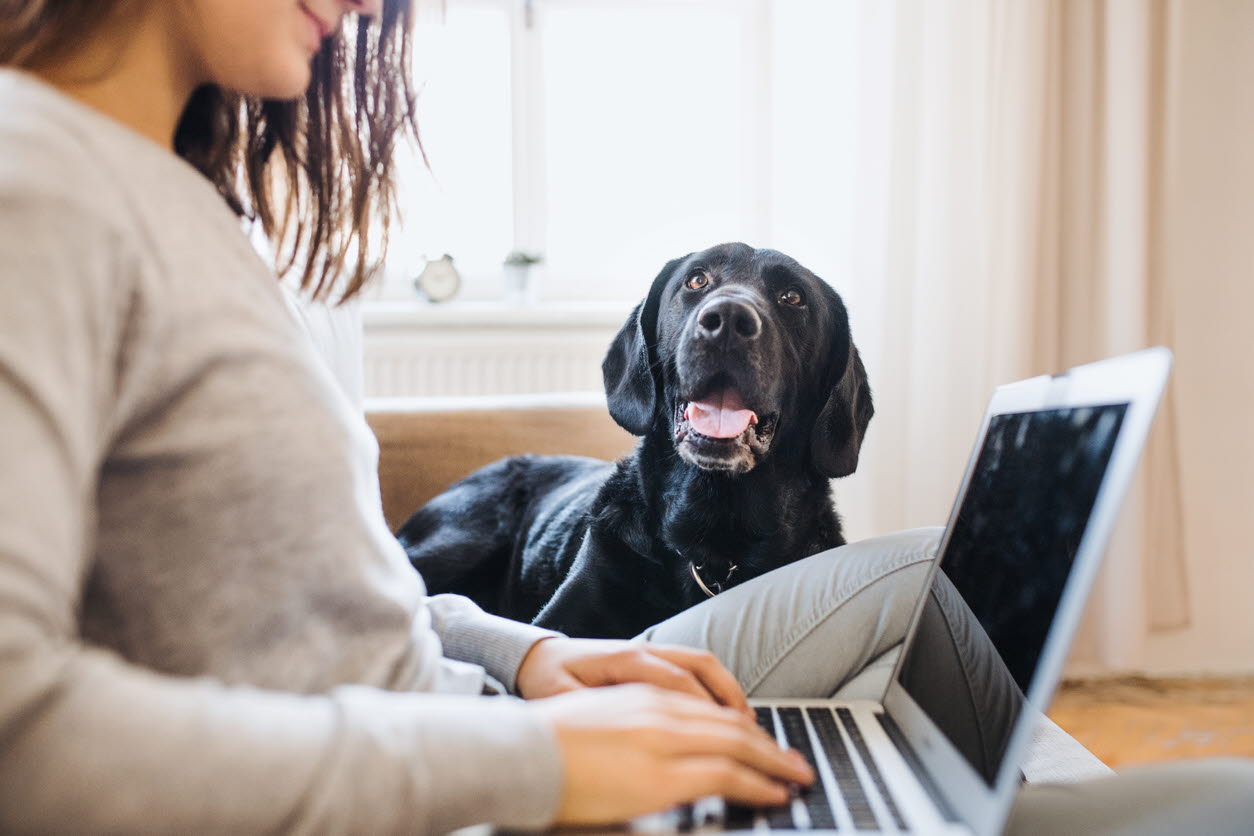Moving house with pets

Moving house can be stressful not just for you, but also for your pet! Here are our top tips to make the process a little easier on everyone.
In the weeks prior to your move, consider logistically how you’ll keep your pet safe and secure during the moving period. When removalists are present, doors will naturally be left open, so consider booking your pet in for one or two nights of boarding, or leave them with a friend or family member, to ensure that your pets are safely confined and can’t get lost.
During the actual move, have someone on-duty to mind your pet. Smaller dogs and cats can be confined for a short time in a well-ventilated travel crate kept in a cool area, as long as they have been to the toilet just prior, and the crate is large enough for them to stand up, turn around, and lie down in comfortably. Larger dogs should be held on lead with a securely-fitted harness, wearing a collar with up-to-date contact details on it. All pets should be given regular access to water.
Moving day can be a bit scary for pets, due to the change from a familiar environment and regular routine. Most pets would benefit from calming hormones being sprayed onto their bedding during this time.
Speak with your vet about the best products available for this. Continue this for up to a week after you arrive at your new home to help your pet adjust. If your dog or cat is naturally a bit anxious, consider a consultation with your vet to discuss the option of whether temporary anti-anxiety medication may be beneficial for them. This is best started several days prior to the move, to ensure they are on the correct dosage.
Immediately after moving, ensure that you update your pet’s microchip registration details. This can be done online via your state pet registry website, or at your local council. This registers your pet to your new address, and therefore improves the chance of their safe return to you if they become disoriented and lost in the new area. It also helps to keep your pet confined to the new house for a few days (except for trips outside on a lead), to help them get used to the different environment.
If you have moved to a different area, it’s a good idea to register your pet promptly with a new local veterinary clinic, and have your pet’s previous veterinary history sent there. This way, you can start to receive reminders for vaccinations, and form a veterinary-client relationship for any ongoing medications that your animal may require.
Ideally, any accommodation you move into, whether rented or owned, should have secure, high fencing to keep your pet contained and safe. If you’re moving into an apartment with a balcony, ensure there are no railing gaps that your pet could squeeze through, and closely supervise them while they spend time on the balcony.
Pets can suffer catastrophic ‘high-rise syndrome’ injuries from falling off balconies, as they don’t always realise that there isn’t solid ground on the other side of the railing.
With these precautions, you can minimise stress for both you and your pet, and settle into your new home together.
